(NLDO) - Capella is on a mission to find the hidden secrets surrounding what scientists call "monsters" located at the center of galaxies.
According to Space.com , Capella is a satellite constellation project headed by astronomer Sascha Trippe from Seoul National University (South Korea), an expert on monster black holes.
Monster black holes is the familiar nickname that scientists use to call supermassive black holes located at the center of galaxies, for example Sagittarius A* located at the center of the Miky Way (ie the Milky Way, the galaxy containing the Earth).
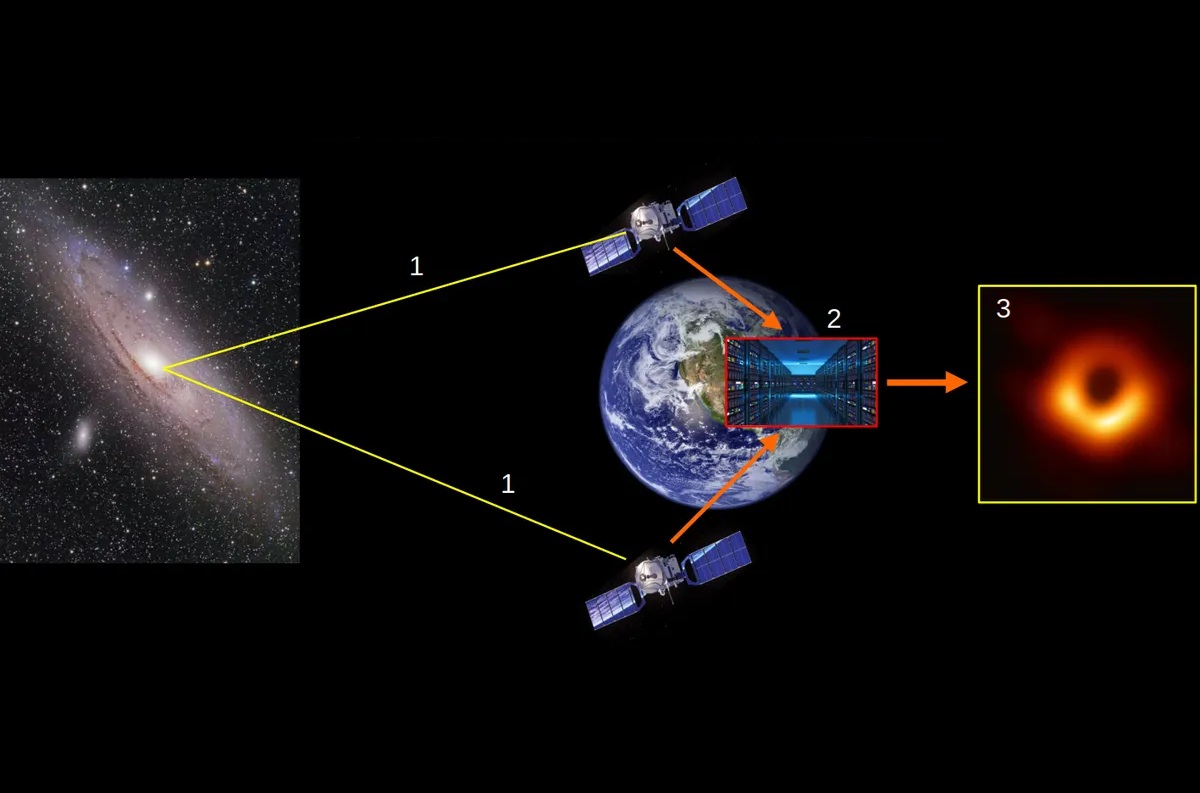
An illustration showing how satellite systems in Earth orbit can bring back unprecedented data about monster black holes - Photo: Sascha Trippe
According to Professor Trippe, current tools have certain limitations in observing black holes. He believes that without major advances in technology, the study of these cosmic monsters could soon reach a "dead end".
Capella, which Professor Trippe and his colleagues are developing, will study what goes on around supermassive black holes in a way never before possible.
Existing images of monster black holes, such as Sagittarius A* or the central black hole of the Messier 87 galaxy, have caused shockwaves in the scientific community, but researchers are still not satisfied.
This is because of the way the Event Horizon Telescope (EHT) imaged black holes, thanks to a technique called very long baseline interferometry (VLBI).
“The problem is that at any given moment, each pair of EHT antennas measures only one point of the target image,” Trippe told Space.com.
“You end up with an image that is virtually empty and requires a lot of processing,” he added. “Because of that, we miss a lot of structure, because we can't capture features smaller than a certain size.”
For example, a powerful jet of hot gas erupting from Messier 87's black hole at the speed of light, which is known from other data, but could not be captured in images.
One way to improve the resolution of black hole images is to measure radio signal emissions that have higher frequencies and therefore shorter wavelengths.
But that is not possible from the surface of our planet because the water vapor present in Earth's atmosphere largely absorbs this signal.
Therefore, a radio telescope system in the form of a satellite constellation is needed to overcome the above limitations.
Capella is expected to consist of four satellites orbiting the Earth at 450 to 600 km.
No longer limited by the planet's circumference, this network of radio telescopes will provide better image quality and better resolution.
As satellites move around the planet, orbiting it multiple times a day, their measurements leave no blank spots, unlike the sparse network of ground-based observatories.
According to the research team, this system will open a completely new door into the processes taking place in the vicinity of the black hole's event horizon.
The event horizon is the boundary beyond which nothing can escape these monsters.
This future rover will also help image the cosmic monsters closest to us at much faster speeds than the EHT and provide more accurate estimates of their masses, as well as the processes taking place inside the glowing rings around black holes.
Source: https://nld.com.vn/han-quoc-phat-trien-chom-sao-san-quai-vat-vu-tru-196250106110923866.htm


![[Photo] Closing of the 11th Conference of the 13th Central Committee of the Communist Party of Vietnam](https://vstatic.vietnam.vn/vietnam/resource/IMAGE/2025/4/12/114b57fe6e9b4814a5ddfacf6dfe5b7f)



![[Photo] Overcoming all difficulties, speeding up construction progress of Hoa Binh Hydropower Plant Expansion Project](https://vstatic.vietnam.vn/vietnam/resource/IMAGE/2025/4/12/bff04b551e98484c84d74c8faa3526e0)

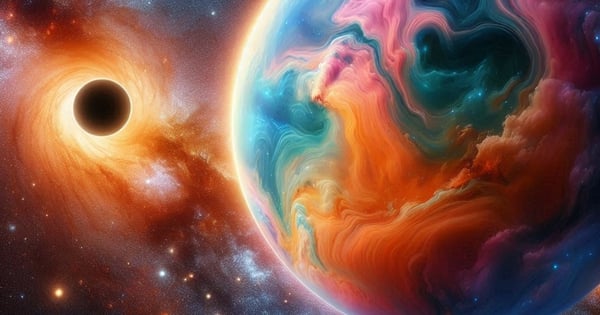
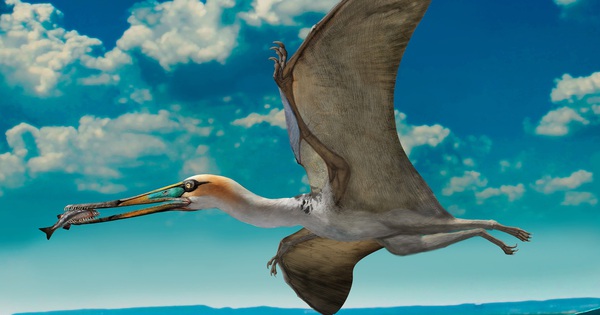
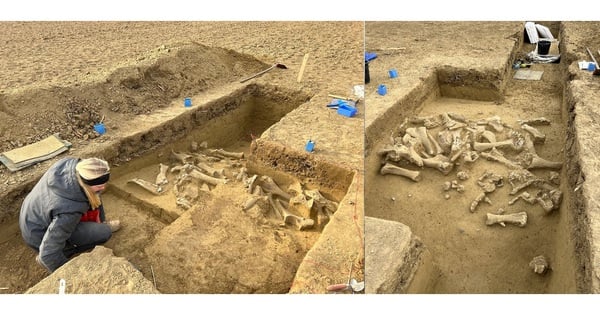
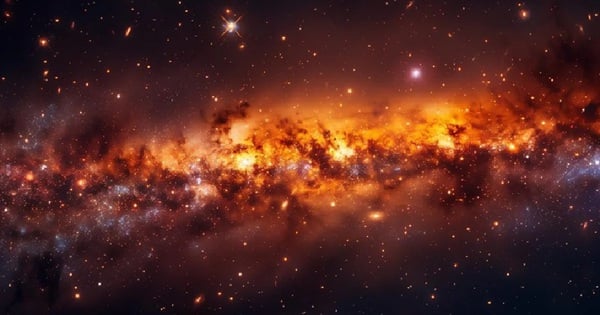
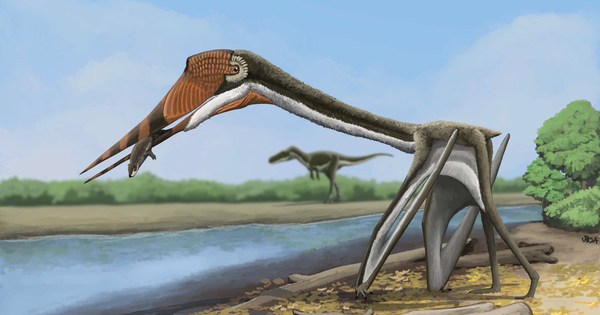
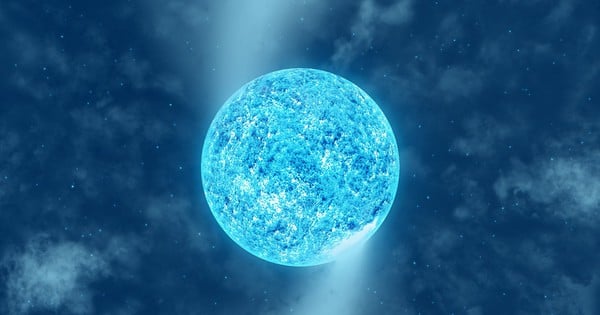
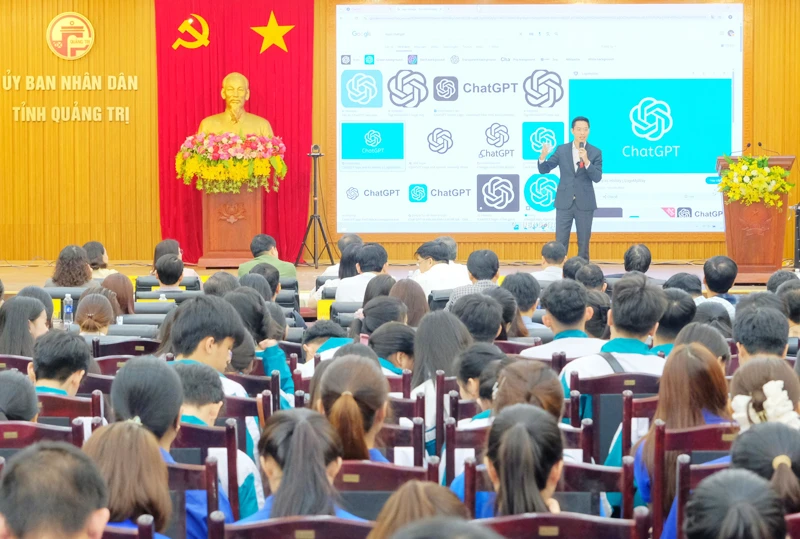










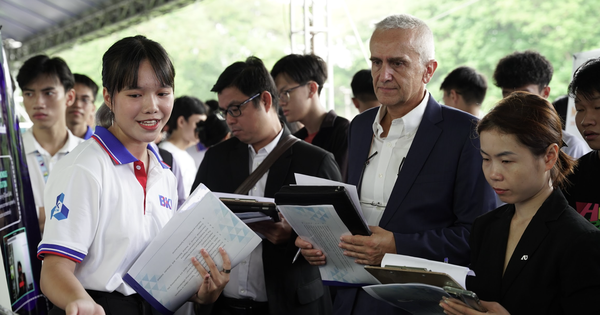
















































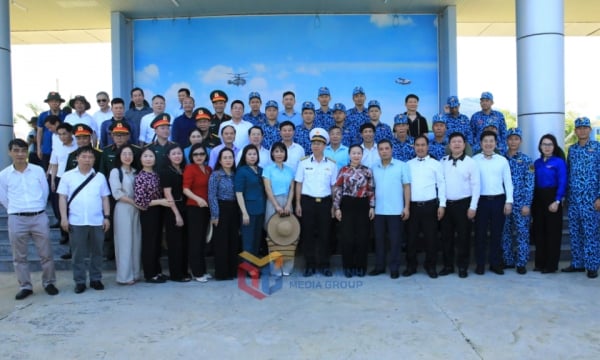




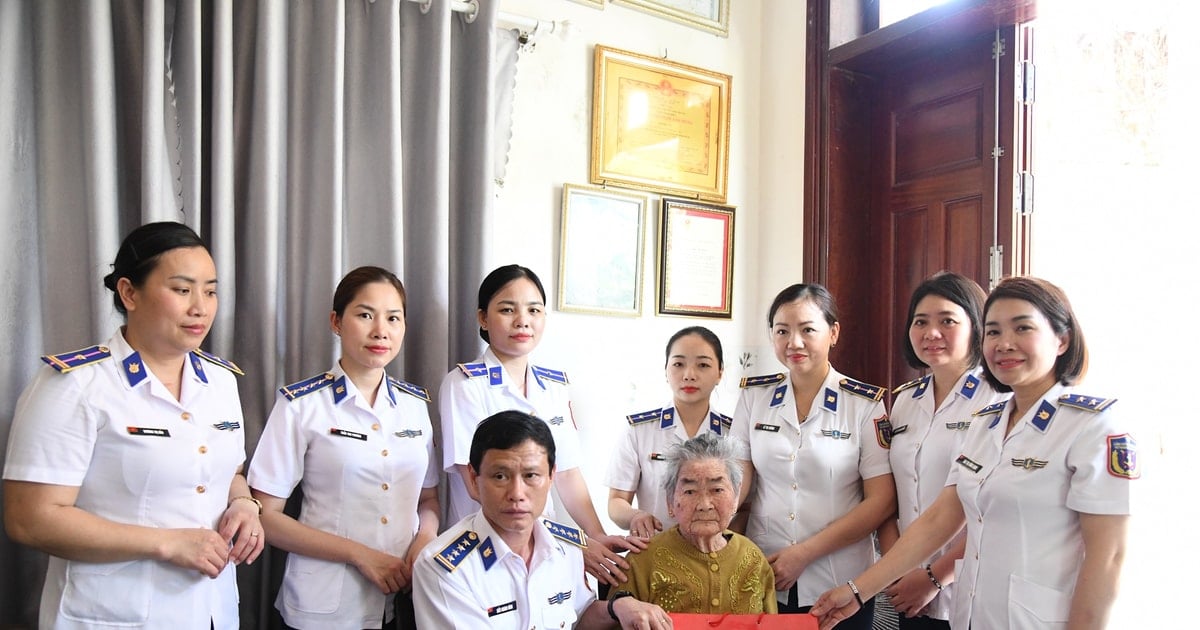


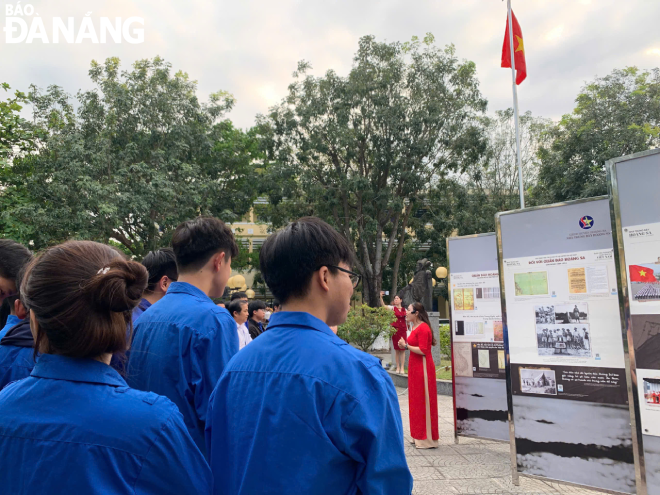












Comment (0)